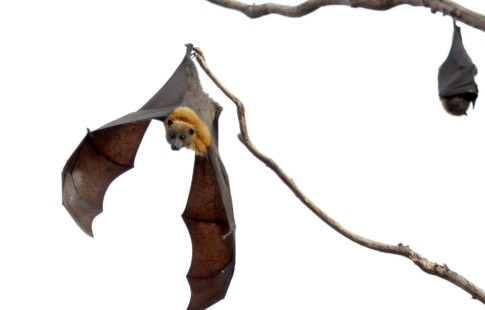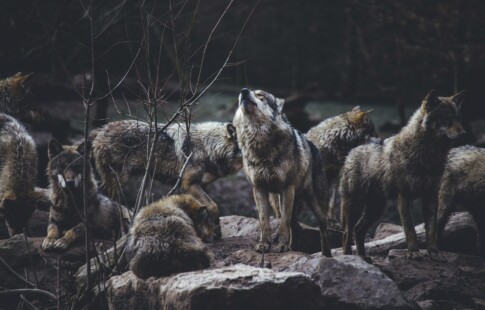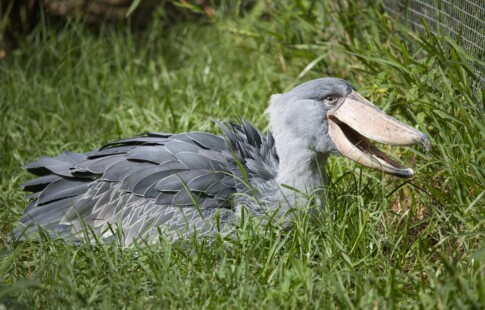
Wildlife Photography Tips: 10 Must-Know Methods for Beginners
We are reader-supported. When you buy through links on our site, we may earn affiliate commission.
The field of wildlife photography is constantly changing, providing exciting chances for photographers to push the envelope and capture the beauty of nature in novel ways. It’s crucial to keep up with the most recent techniques and trends, embracing new technologies while upholding an environmental outlook. Every shot is an opportunity to share a narrative, and motivate people to value and preserve the marvels of nature. Here are 10 wildlife photography tips that will make you a better photographer.
1. Understand Wildlife Behavior
Having the correct equipment is only one part of the equation. Taking interesting wildlife photos also requires a grasp of animal behavior. As a wildlife photographer, you must have excellent observational abilities. Anticipate movements, acts and encounters by researching wildlife behavior.
Determine the animal’s comfort level by observing indicators of irritation or calmness to keep a safe distance and get the ideal shot. Your best ally is patience because seeing interesting natural behavior could take hours or days. You can capture genuine moments that display the spirit of wildlife in their natural environments by respecting their space and remaining unobtrusive.
2. Refine Your Camera Settings
Understanding your camera’s settings is essential for taking technically superb wildlife photos. Learn how to use manual mode, which gives you total control over the shutter speed, ISO and aperture. After knowing how each setting affects the final shot, you can quickly adjust to various lighting situations and wildlife movements.
You can alter the depth of field by adjusting the aperture and blurring the background to emphasize the subject. Capture the beauty of a bird in flight or the amusing antics of young animals by using shutter speed to freeze or blur motion. Even with tricky lighting conditions, the proper ISO setting assures properly exposed photos.
3. Select the Correct Lens
For wildlife photography, picking the appropriate lens is essential. Telephoto lenses with focal lengths of 300mm or greater are best for photographing distant subjects without disturbing them. These lenses enable you to take up-close shots of animals and capture small details.
Use wide-angle lenses to photograph scenes with broader views and context. They show the larger narrative by emphasizing the animal within its surroundings. Your photographs will be clear and sharp thanks to high-quality lenses, which will also increase the overall impact of your wildlife pictures.
4. Compose Captivating Shots
Composition is the skill of positioning things within the frame to produce striking and visually attractive images. By using composition methods, you can take your wildlife photography to the next level.
The rule of thirds creates a grid within the frame and directs you to off-center your subject to create a balanced composition. Leading lines move the viewer’s attention to the photograph’s focal point, while framing components give the image depth and context. Pay attention to the background and stay away from anything that can draw attention away from the main subject.
5. Be Patience and Persistent
All wildlife photographers must learn the virtues of patience and perseverance. The ideal wildlife shot frequently necessitates hours or even days of waiting. Magical occurrences can happen anytime because animals don’t always follow a timetable. Exercising patience allows you to glimpse interactions and behaviors that display animals in their native habitat.
Persistence is also important. If you make an attempt and fail, try again or try another area. What distinguishes outstanding wildlife photographers from the rest is their commitment to perfecting their craft and catching those rare moments.
6. Adapt to the Environment
Blending into the surroundings is an essential component of wildlife photography. Animals are highly sensitive to human presence, and any disturbance might stress them out or interfere with their behavior.
You can stay hidden and approach the subjects up close without an alarm by using natural hides, camouflaged clothes, or specialized equipment. If you blend in with the surroundings, you’ll have a better chance of capturing genuine, undisturbed wildlife moments in their natural habitat.
7. Master the Focus Skill
In wildlife photography, maintaining perfect focus on moving creatures is a difficult but essential ability. You can keep moving animals sharp and in focus by being aware of your camera’s autofocus capabilities and focus-tracking options.
To ensure the animal’s eye or other important features are razor-sharp, single-point focus allows for fine control over the focus region. Continuous autofocus is necessary for moving targets such as flying birds or running mammals. By mastering the skill of focus, you may take engaging photos that fully immerse viewers in the realm of nature.
8. Consider the Lighting and Time of Day
Wildlife photography is no different from other types of photography in that light is a crucial component. The time of day and the lighting greatly influence the tone and quality of your photos.
Golden hour — which occurs between sunrise and sunset — bathes the environment in a gentle, warm light. Just before sunrise and just after sunset — known as “blue hour” — scenes get an ethereal quality from the chilly, blue tone.
Your animal photos will have more drama and depth if you use varied lighting situations, including side or backlighting. You can take dramatic and moving wildlife pictures by mastering the light and time of day.
9. Don’t Forget the Post-Processing Methods
Post-processing is a crucial component of contemporary wildlife photography. It enables you to improve and refine your photos while maintaining the authenticity of your original shots, bringing out the best in your images.
Exposure, contrast and color balance adjustments can aid in image balance, and draw attention to the subject’s inherent beauty. Your photos will remain clear and detailed if you carefully adjust the sharpness and noise reduction settings. You can add a unique touch to your animal photographs by using artistic upgrades like selective corrections and imaginative effects. Strike a balance between maintaining the realism of the situation and making minor improvements.
10. Be Ethical with Wildlife
As a wildlife photographer, you must act with ethical considerations. Always put the welfare of animals and their surroundings before everything else. Maintain a safe distance to avoid unnecessarily stressing or upsetting animals just to get a good shot, as your presence may affect their natural behavior.
Learn as much as you can about the subjects you picture, taking note of their habits and vulnerable periods. You can then use those images to promote wildlife conservation, spreading the word about the value of preserving these amazing animals and their habitats. Every picture you capture should reflect your love for nature and commitment to moral beliefs.
Use These Wildlife Photography Tips to Ensure the Best Shot
Nature is beautiful, so wanting to capture gorgeous photos of it is natural. However, you must learn how not to disrupt the environment you’re photographing and find tools to get the best shots. These wildlife photography tips will have you impressing everyone you show your images to and inspire a love for conservation.
Share on
Like what you read? Join other Environment.co readers!
Get the latest updates on our planet by subscribing to the Environment.co newsletter!
About the author

Steve Russell
Steve is the Managing Editor of Environment.co and regularly contributes articles related to wildlife, biodiversity, and recycling. His passions include wildlife photography and bird watching.





